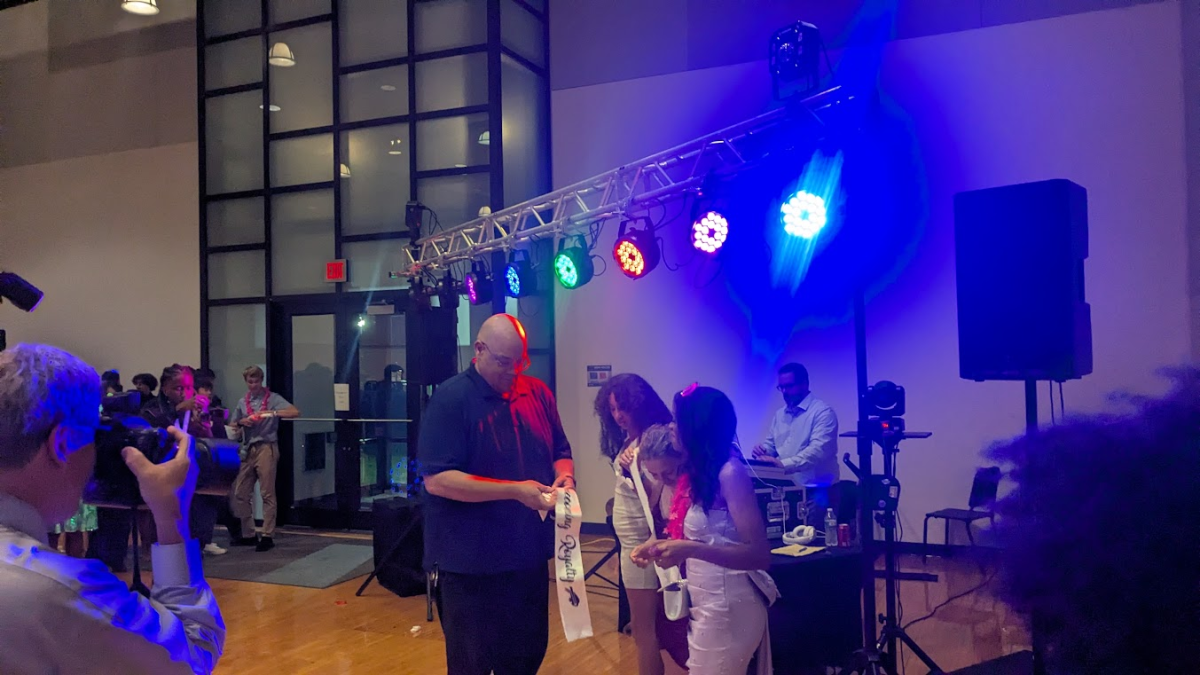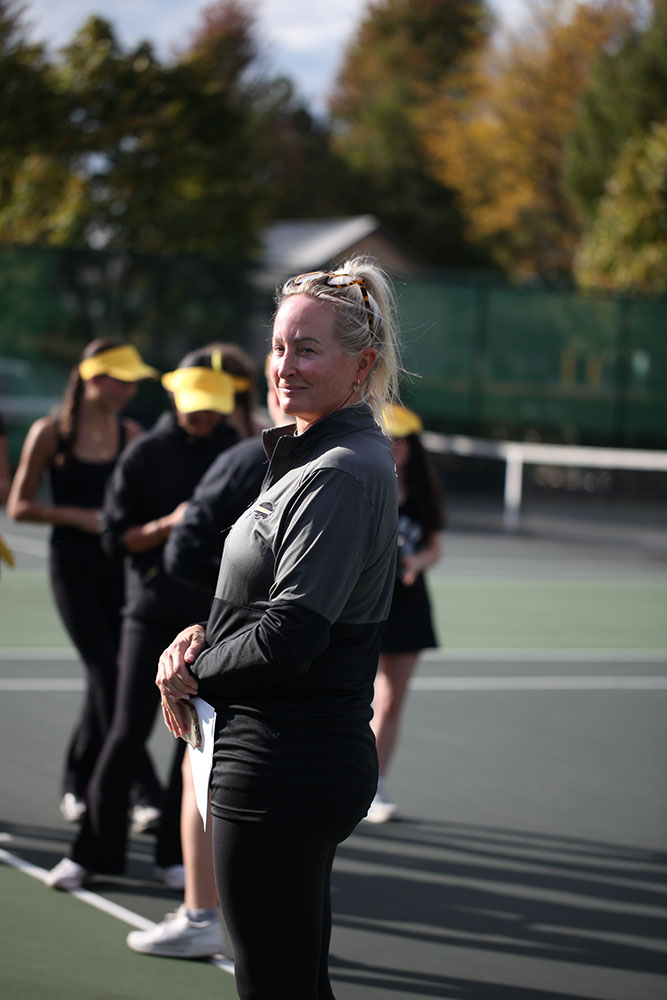The common thought is that girls and boys have different roles in society. Even in today’s environment.
In recent years, females have been taking on more leadership positions in the adult world. In Jan., the US Senate will have 20 female members, the most ever. In the past two elections, women have been competitive in presidential primaries.
Women are breaking records in many fields. According to CNN Money, the 2012 ranking of the 500 largest U.S. corporations includes a record 18 firms helmed by female CEOs, which is up from 12 companies in 2011. Engineering, a once male-dominant field, has been rising in female numbers.
The Beachcomber has found that girls play an active leadership role in many BHS student activities as well.
Student Activities Coordinator Craig Alexander said, “…of the clubs I’ve advised over my years at the school, there are usually more girls in leadership positions. The reason might range from maturity to their caring nature. They want to take care of things. They want be more involved.”
Female freshman Sam Shaffer had a slightly different view. “I really think that it depends more on the person. I really don’t think gender matters. If you are good at something then you tend to do that type of activity.”
Although studies have shown that girls tend to mature faster than boys, BHS seems to strike a balance in its leaders between boys and girls.
Senior co-captain of Science Olympiad, Shravya Govindgari also felt that it depended on what the activity was catering to the students. “I feel like in this school there’s no significant difference. It’s pretty much equal. I consider SCiOly is one of the most academic clubs, and it has a pretty even spread. But if you look at academic challenge, there are a lot more girls than guys. In debate, the boys are way more [numerous], but their president is a girl.”
Amnesty International has two boys and five girls on the executive board; JCWA has had an almost even spread for the past four years. The Beachcomber has had four female and one male Editors-in-Chief in the last five years.
The BHS robotics team, traditionally a male-dominated club, has eight girls out of 30 members total.
Freshman class advisor Jessica Kellogg has observed that there tends to be more girls in academic or leadership-oriented clubs.
Shaffer said, “The other thing just could be that girls tend to talk to teachers more about their positions, etc… teachers just don’t see the guys doing as much as they do girls. That could be why you’d get different responses from teachers compared to students.”
Kellogg said, “I guess that these girls are very organized and strive to go above and beyond. They like jobs where they organize both for themselves and others and they also want to go out there and do things.”















